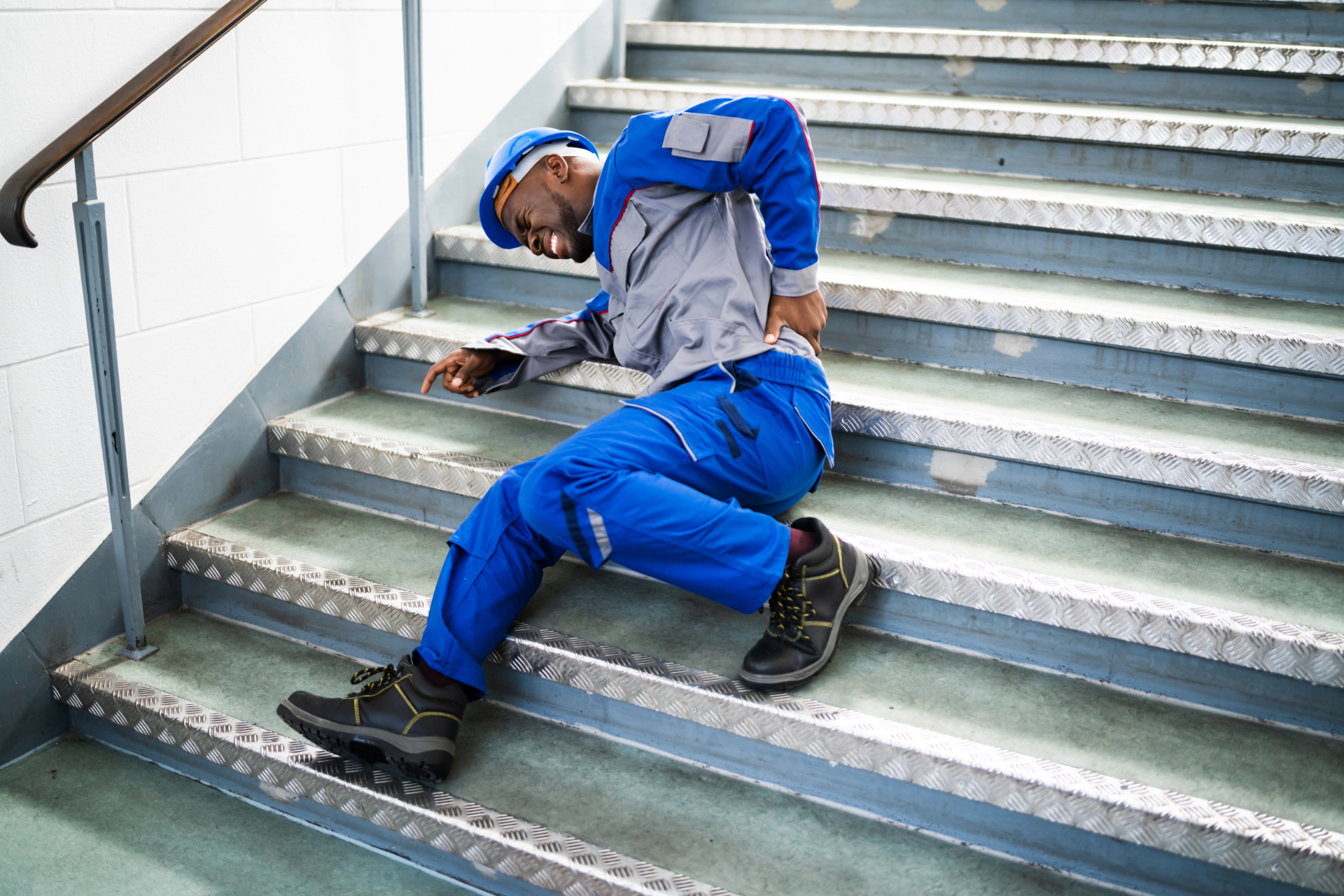Slip and Fall Guide: Prove Liability & Win Justice
Slip and Fall Injuries: Who’s Liable and How to Prove It
Slip and fall injuries can happen anywhere, from icy sidewalks to slippery supermarket floors. Understanding who is legally responsible in these instances and proving liability is crucial for anyone who has been injured in such a mishap. This article will explore the complexities of establishing liability in slip and fall cases and guide you through the process of demonstrating fault effectively.
Understanding Liability in Slip and Fall Cases
Liability in slip and fall cases hinges on the concept of negligence. To establish negligence, the injured party, known as the plaintiff, must prove that the property owner, or defendant, failed to maintain a safe environment. Key to this proof is demonstrating that the property owner knew or should have known about the hazardous condition and did not act to remedy it.
For instance, in the case of a wet floor in a store, if the spill was left unattended for a considerable period, the store management can be considered negligent. Conversely, if a spill occurred moments before the fall and staff had no reasonable opportunity to address it, proving negligence might be more challenging.
How to Prove Liability in Your Slip and Fall Case
Proving liability in a slip and fall accident involves several critical steps:
Document the Scene
Immediately following the incident, it is essential to document the scene. Take photographs of the hazardous area and any visible injuries. If there were any witnesses, collect their contact information and statements, as their testimonials can be vital in substantiating your claim.
Report the Incident
Always report the accident to the owner of the premises or the manager on duty. Ensure that they make a formal record of the incident, and request a copy for your records.
Seek Medical Attention
Seeking medical attention not only ensures your health and safety but also serves as a crucial piece of evidence. Medical records linking your injuries to the fall can significantly strengthen your case.
Gather Maintenance Records
Requesting maintenance records from the property owner can provide insight into the regularity and thoroughness of property upkeep. These documents can help demonstrate neglect, especially if they show a pattern of inadequate maintenance.
Consult Legal Assistance
Navigating the complexities of liability in slip and fall cases can be daunting. Consulting a personal injury attorney who specializes in slip and fall cases can provide you the expertise needed to prove negligence effectively. An experienced lawyer will be able to guide you through the legal process, help gather evidence, and represent your interests in negotiations or court.
Common Challenges in Slip and Fall Injury Claims
One of the primary challenges in proving liability in slip and fall cases is the issue of contributory negligence. In many jurisdictions, if the injured party is found to be partly at fault for the accident, the compensation can be reduced accordingly. For instance, if it is determined that you were texting while walking and did not notice a warning sign, this could mitigate the property owner’s liability.
Moreover, property owners might argue that the hazardous condition was so obvious that any reasonable person would have noticed and avoided it. Successfully countering such defenses requires a strong presentation of evidence that the danger was not as apparent as the defendant claims.
Conclusion
Slip and fall injuries are more than just minor mishaps—they can lead to significant physical and financial strain. Establishing liability is crucial in ensuring that victims receive the compensation needed to cover medical bills, lost wages, and other related costs. By thoroughly documenting the incident, reporting it promptly, seeking immediate medical attention, and enlisting legal support, those injured in slip and fall accidents can effectively assert their rights and secure just compensation. Remember, every detail counts when it comes to proving liability in these cases. Stay informed, proactive, and prepared to defend your interests.





